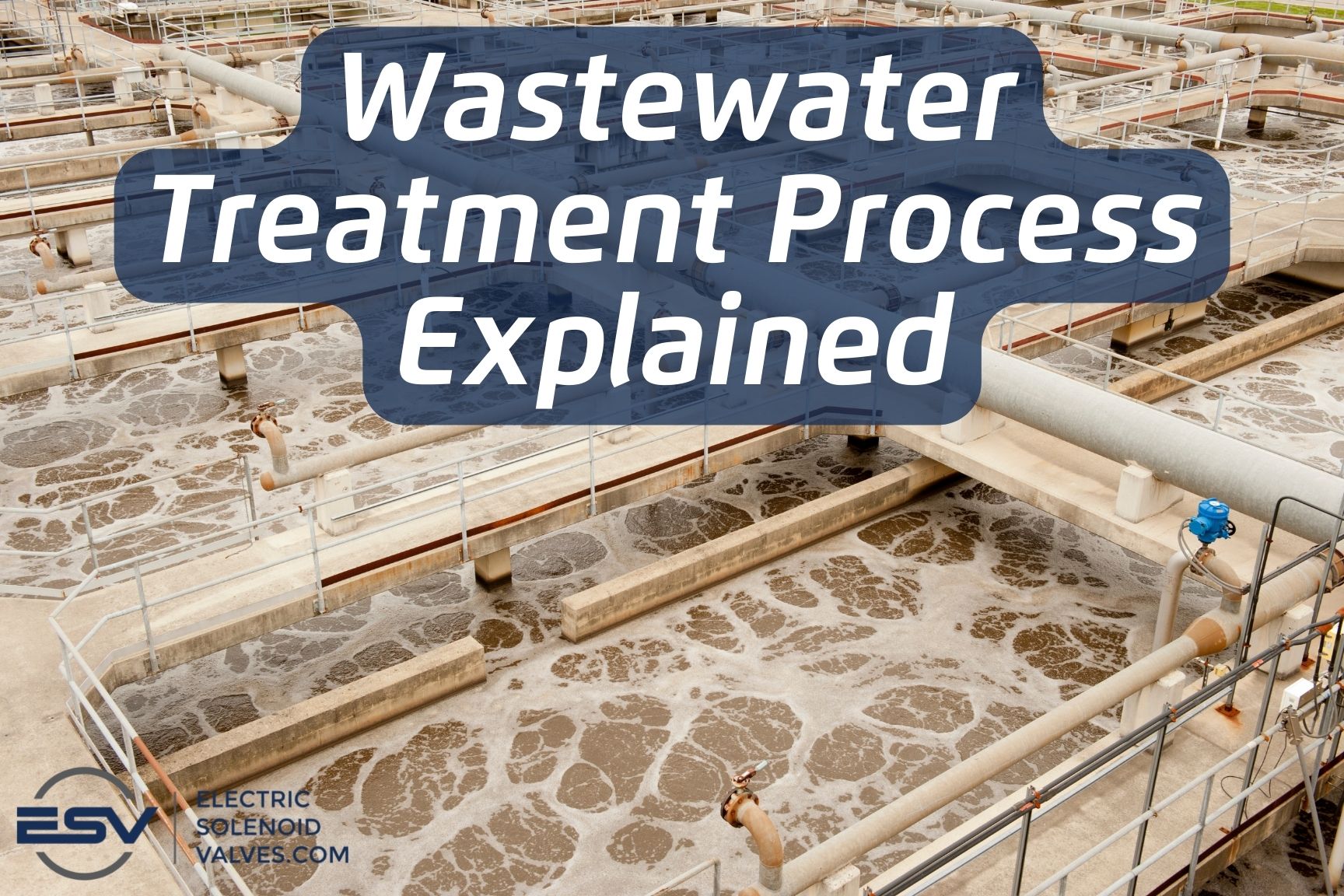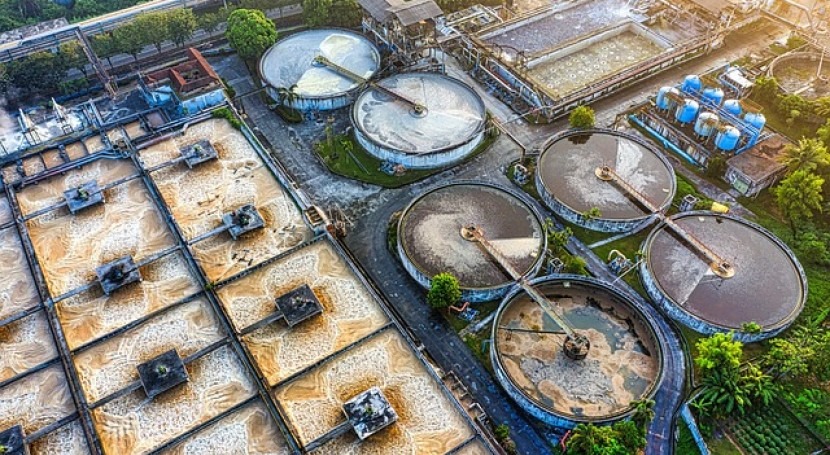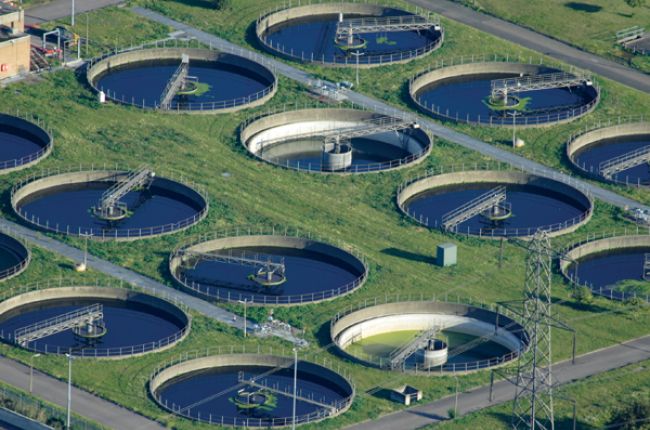The Importance of Chemical Processes in Waste Water Treatment
The Importance of Chemical Processes in Waste Water Treatment
Blog Article
Strategic Approaches to Enhance Drainage Treatment Performance and Reduce Ecological Impact
In the realm of drainage therapy, the pursuit for enhanced effectiveness and lowered environmental effect is a continuous obstacle that requires strategic services. As culture faces the necessary to manage water sources sustainably, a nuanced strategy becomes vital. The assimilation of advanced therapy technologies, energy-efficient processes, resource recuperation methods, enhanced nutrient removal methods, and wise monitoring and control systems stands for a complex structure for resolving these pushing worries. Nonetheless, what exists at the core of this complicated web of techniques is the potential to change the means we come close to waste water treatment, not simply as a procedure of disposal, however as an important opportunity for development and environmental stewardship.
Advanced Therapy Technologies
Innovative membrane layer filtering systems have actually revolutionized innovative wastewater treatment procedures, considerably enhancing the elimination of impurities. These ingenious systems function by compeling water through a semi-permeable membrane, properly separating pollutants from the water stream. The membrane layer's microscopic pores trap toxins such as bacteria, viruses, and put on hold solids, allowing only cleansed water to pass through. This technology has confirmed to be highly effective in getting rid of a wide variety of impurities, consisting of pharmaceuticals, heavy metals, and organic substances, which are usually challenging to get rid of via traditional treatment methods.
Moreover, membrane layer filtering systems offer countless benefits over traditional treatment approaches. In addition, these systems are very functional and can be quickly integrated into existing therapy plants or used as standalone units for decentralized applications.
Energy-Efficient Processes
The integration of energy-efficient procedures in wastewater treatment systems is critical for maximizing source utilization and minimizing functional prices. One key technique to boosting power efficiency in wastewater treatment is the application of advanced aeration systems, such as fine bubble diffusers or surface area aerators, which can boost oxygen transfer efficiency and minimize energy usage.
In addition, optimizing procedure control and automation with the use of innovative sensing units and monitoring systems can boost general power efficiency by changing operations in real-time based upon actual demand and problems. Executing power audits and frequently checking power efficiency indications are essential practices to determine areas for enhancement and track energy-saving efforts successfully. Generally, the adoption of energy-efficient procedures in wastewater treatment not only benefits the environment but additionally contributes to long-term cost savings and operational sustainability.
Resource Recuperation Techniques
With a focus on enhancing resource utilization and sustainability in wastewater therapy systems, the execution of source recuperation approaches arises as an essential facet in boosting functional performance. Source healing methods in wastewater treatment entail the recognition and removal of valuable sources from the waste stream, therefore turning what was when considered waste right into a useful property. By implementing source recuperation techniques such as nutrient elimination and recovery, power generation from raw material, and the production of recyclable water, wastewater treatment plants can lessen environmental effect while optimizing efficiency.

Boosted Nutrient Elimination Methods
Applying sophisticated nutrient elimination methods is important for maximizing the effectiveness of wastewater treatment systems. One of the crucial techniques made use of for improved More about the author nutrient elimination is the process of organic nutrient removal (BNR), which involves the elimination of nitrogen and phosphorus with biological processes.

In enhancement to BNR, progressed treatment techniques such as membrane bioreactors (MBRs) and created marshes can likewise be utilized to improve nutrient removal efficiency. MBRs utilize membrane layers to achieve top quality effluent standards by successfully getting rid of nutrients and suspended solids. Constructed marshes imitate all-natural wetland processes to get rid of nutrients through plant uptake, microbial task, and sedimentation. By including these innovative nutrient elimination methods into wastewater therapy markets, communities and systems can effectively reduce nutrient pollution and safeguard the environment.
Smart Surveillance and Control Equipment
Utilizing innovative technology, the integration of smart surveillance and control systems transforms the operational effectiveness of wastewater therapy facilities. These systems incorporate sophisticated sensors and data analytics to continually keep an eye on essential parameters such as pH degrees, turbidity, dissolved oxygen, and circulation rates in real-time. By accumulating and examining this data, drivers can acquire valuable insights right into the performance of the therapy processes, making it possible for positive adjustments to maximize treatment performance.
Smart tracking and control systems reference likewise sustain remote surveillance abilities, permitting operators to accessibility real-time data and control functions from off-site areas. This remote availability boosts operational adaptability and responsiveness, allowing swift interventions in case of system breakdowns or fluctuations in influent top quality. The anticipating maintenance capacities of these systems assist protect against devices failures and decrease downtime, eventually boosting the total dependability of wastewater treatment procedures.
Final Thought
In conclusion, strategic techniques such as advanced therapy innovations, energy-efficient procedures, resource recuperation methods, boosted nutrient removal strategies, and wise monitoring and control systems play a critical role in enhancing wastewater therapy performance and reducing environmental effect. By applying these methods, wastewater therapy plants can enhance their general performance, minimize power intake, recover useful resources, and make sure compliance with ecological policies. These approaches are vital for effective and lasting wastewater monitoring practices.

In conclusion, critical methods such as innovative treatment innovations, energy-efficient processes, resource recuperation strategies, enhanced nutrient removal techniques, and clever tracking and control systems play an essential review function in enhancing wastewater therapy efficiency and lessening environmental influence.
Report this page